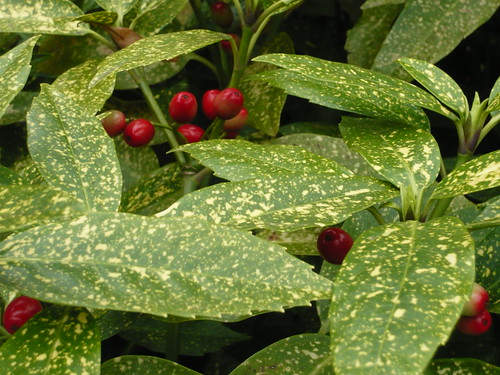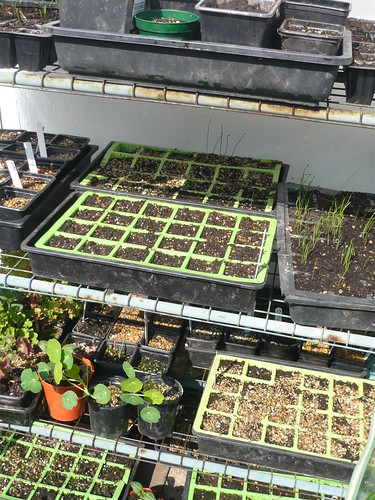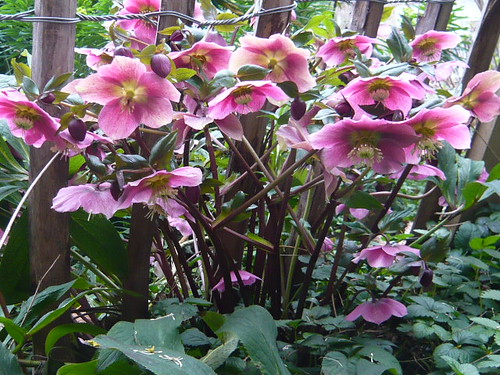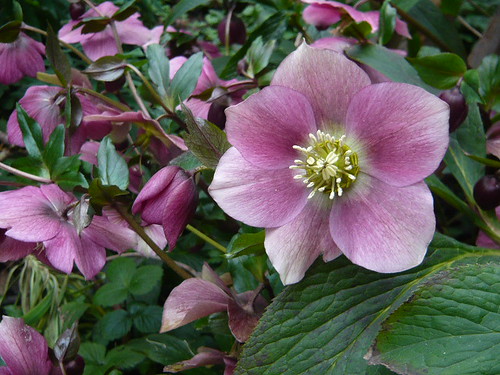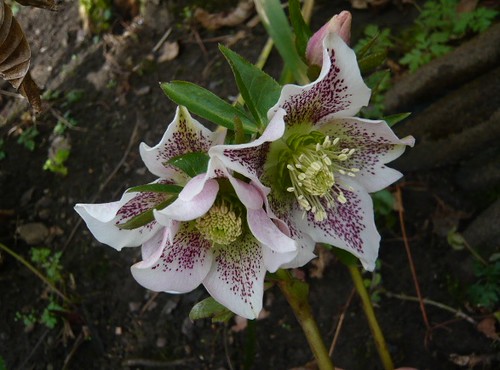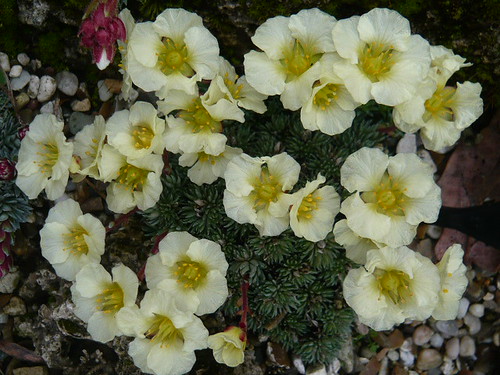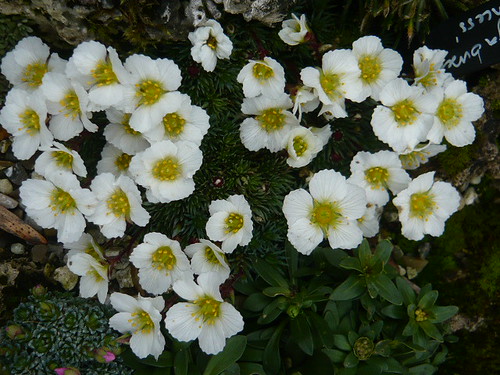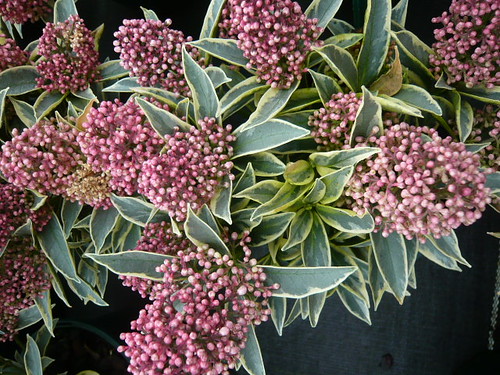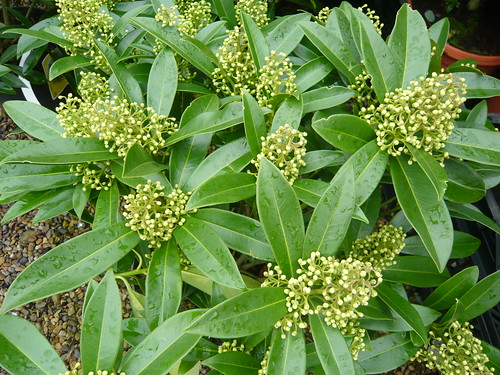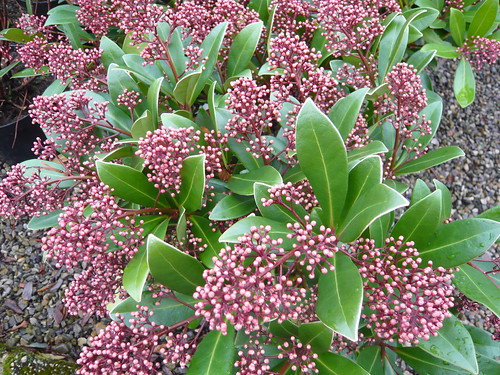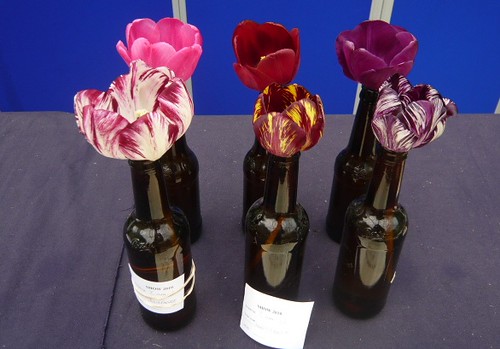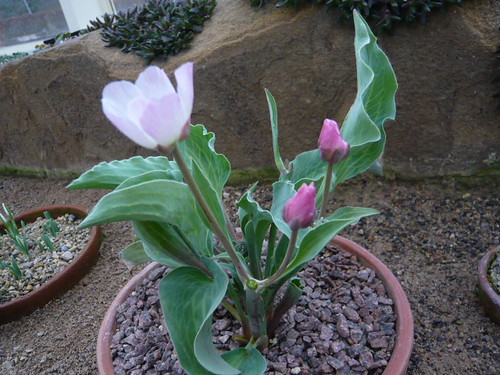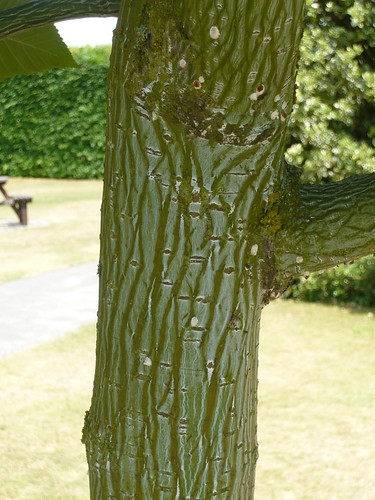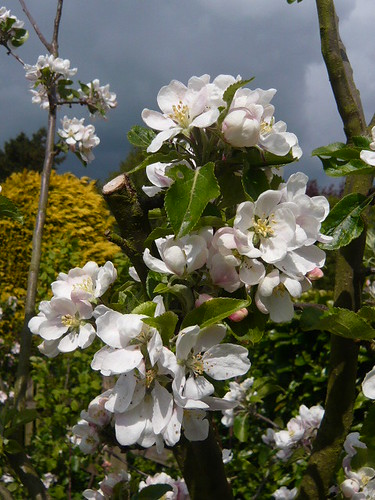Spotted Laurel Acuba Japonica Crotonifolia
A good sized shrub the Laurels are sold under several family names.
The Spotted Laurel Acuba is an evergreen shrub for almost anywhere in the garden.
- I grow mine 5 feet tall in quite dark shade.
- It is quite slow growing but very hardy.
- Shade helps the yellow spots – strong sun encourages green chlorophyll
- The soil is moist and rich but it would also do as a hedge plant in ground.
- Shrubs may be strictly pruned as hedges, left to grow unchecked, or lightly trimmed to shape once annually, always using secateurs to avoid cutting the large leaves.
- All parts of the plant are poisonous, take care with the seeds.
- Propagate by softwood cuttings in spring/summer or less reliably by seed.
- Crotonifolia and Variegata are the best varieties. Both are female so they produce red berries which usually last from the autumn through to spring.
More images
